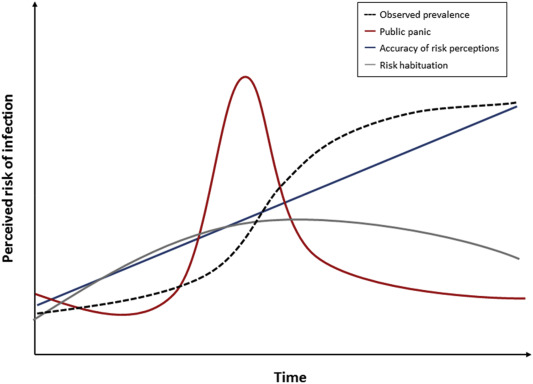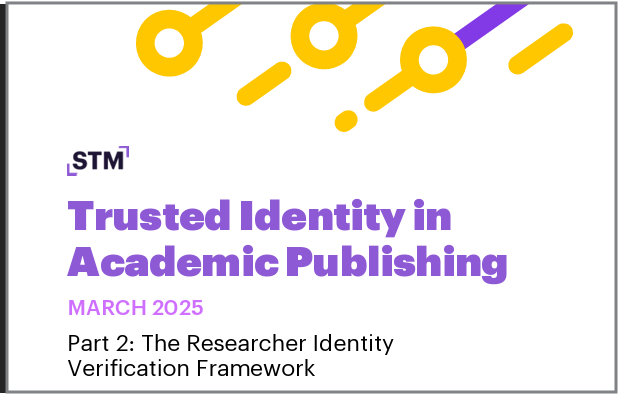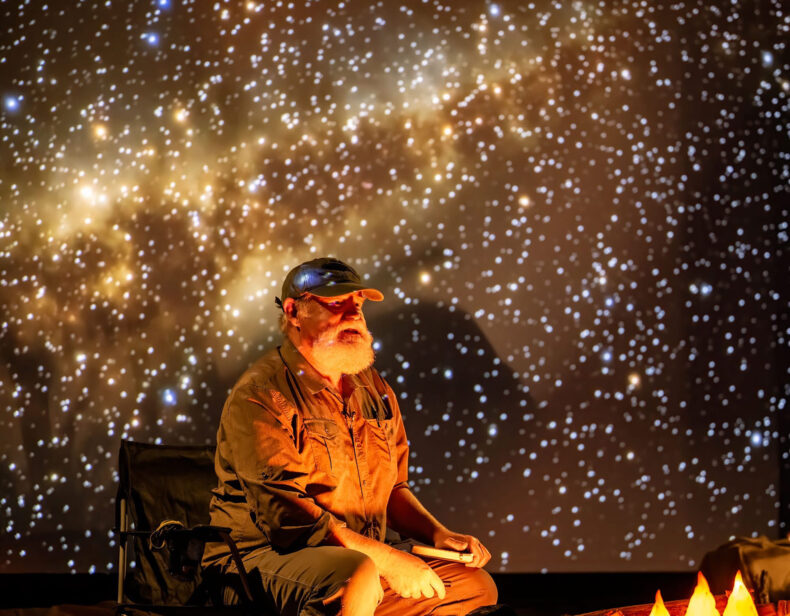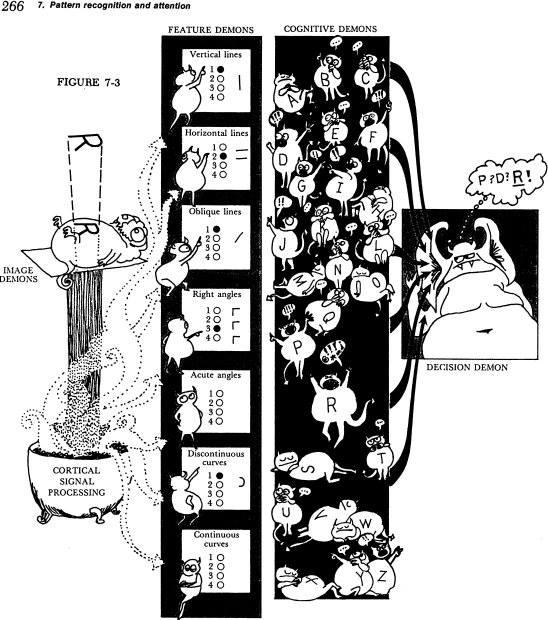Over the last few years, low-level red light (LLRL) therapy has become popular to control myopia, or nearsightedness, especially in children. In LLRL therapy, children are instructed to look into a red light-emitting instrument for three minutes, twice a day, five days a week, for the duration of the treatment period, which could last years. Studies reported the treatment as effective and responsible for significant reduction in myopia progression and it is already being used to address myopia in over 100,000 pediatric patients. Despite passing clinical trials it’s not safe in all cases, so stricter standards need to…
-
-
A group of fossils of elasmosaurs — some of the most famous in North America — have just been formally identified as belonging to a “very odd” new genus of the sea monster, unlike any previously known. Long-necked and measuring in at 12 metres, Traskasaura sandrae — as it is officially named today in this new study — possessed heavy, sharp, robust teeth, ideal for crushing. Findings, published in the peer-reviewed Journal of Systematic Palaeontology, highlight Traskasaura as having a strange mix of primitive and derived traits unlike any other elasmosaur. Its unique suite of adaptations enabled this plesiosaurto hunt…
-
The Guardian recently published an article saying “People won’t get ‘tired’ of social distancing – and it’s unscientific to suggest otherwise”. “Behavioural fatigue” the piece said, “has no basis in science”. ‘Behavioural fatigue’ became a hot topic because it was part of the UK Government’s justification for delaying the introduction of stricter public health measures. They quickly reversed this position and we’re now in the “empty streets” stage of infection control. But it’s an important topic and is relevant to all of us as we try to maintain important behavioural changes that benefit others. For me, one key point is…
-
Unverifiable researchers are a harbinger of paper mill activity. While journals have clues to identifying fake personas — lack of professional affiliation, no profile on ORCID or strings of random numbers in email addresses, to name a few — there isn’t a standard template for doing so. The International Association of Scientific, Technical, & Medical Publishers (STM) has taken a stab at developing a framework for journals and institutions to validate researcher identity, with its Research Identity Verification Framework, released in March. The proposal suggests identifying “good” and “bad” actors based on what validated information they can provide, using passport…
-
Astronomy has long been dominated by expert amateurs but with geospatial data everywhere, thanks to widely available internet and smartphones, it is not just that directions that were once only available in a paper map are now updated on your phone in real time to account for traffic. It is changing the relationships of science also. Crowdsourced scientific data will go from obscure folding protein folding of 15 years ago to relevance everywhere. That evolution will continue to be driven by how the data is gathered. Credit: Xiao Huang, Emory University According to the authors, urban planning, transportation and environmental monitoring…
-
This coming Monday is the new moon, which means by tonight we are in the soup. There’s nothing to block the stars but us…and clouds. Every month has its dark nadir and we’re pretty much there, stars as bright and numerous as they’ll ever be. That’s the thing about a full night sky, as dark and rich now as it would have been 10,00 years ago, if you’re in the right place. A big moon all bright and milky is one kind of night sky. No moon at all, we see our galaxy from the inside out. A book of…
-
Roughly 10 percent of the U.S. population is afflicted with major depressive disorder at any given time, and up to 20 percent will exhibit MDD symptoms over their lifetimes. Yet despite its prevalence, methods to treat MDD often fall short for a not-insignificant portion of the population. Antidepressants — the standard of treatment — don’t work for 30 percent with MDD. When infused at a low dose ketamine shows remarkable efficacy as a rapidly acting antidepressant, with effects observed within hours even in patients who have been resistant to other antidepressant treatments. However, consistent infusions of ketamine are needed to…
-
Oliver Selfridge was an early pioneer of artificial intelligence, and in 1959 wrote a classic paper outlining a system by which simple units, each carrying out a specialised function, could be connected together to perform complex, cognitive tasks. This ‘pandemonium architecture‘ inspired research in neural networks, which in turn led to modern machine learning about which we hear so much these days. The Pandemonium model is best known through some fantastically characteristic illustrations by Leanne Hinton in Lindsey & Norman’s 1977 introductory psychology textbook ‘Human Information Processing’. Here’s one: One internet citizen described the illustrations as ‘an attempt to explain…
-
A journal has finally issued a correction following a seven-year-old exchange on PubPeer in which the authors promised to fix issues “as soon as possible.” But after following up with the authors and the journal, it’s still not clear where the delay occurred. Neuron published the paper, “Common DISC1 Polymorphisms Disrupt Wnt/GSK3β Signaling and Brain Development,” in 2011. It has been cited 101 times, 28 of which came after concerns were first raised, according to Clarivate’s Web of Science. It first appeared on PubPeer in April 2018, when commenter Epipactis voethii first pointed out figures 2 and 3 of the…
-
Nasa’s Curiosity Mars rover has detected the largest organic (carbon-containing) molecules ever found on the red planet. The discovery is one of the most significant findings in the search for evidence of past life on Mars. This is because, on Earth at least, relatively complex, long-chain carbon molecules are involved in biology. These molecules could actually be fragments of fatty acids, which are found in, for example, the membranes surrounding biological cells. Scientists think that, if life ever emerged on Mars, it was probably microbial in nature. Because microbes are so small, it’s difficult to be definitive about any…








